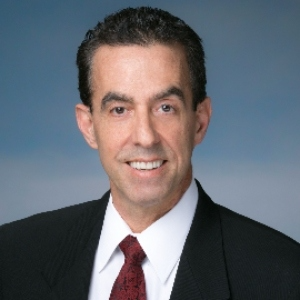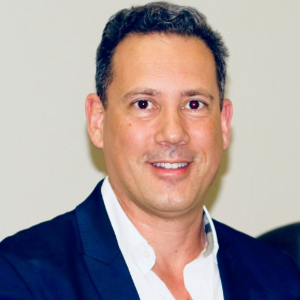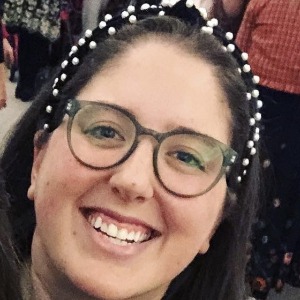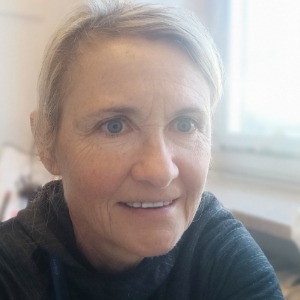Balance and Vestibular Therapists
Balance and Vestibular Therapists are trained to assess and treat individuals experiencing dizziness, vertigo, and instability resulting from dysfunction in the inner ear or central nervous system. These symptoms often stem from conditions such as benign paroxysmal positional vertigo (BPPV), vestibular neuritis, labyrinthitis, or post-concussive syndrome. Through detailed evaluations—including balance testing, eye movement tracking, and positional assessments—they pinpoint the source of impairment and determine how it affects daily function and movement confidence.
Their treatment approach centers on vestibular rehabilitation therapy, a targeted exercise-based program designed to retrain the brain to compensate for balance deficits. This may include habituation exercises to reduce sensitivity to motion, gaze stabilization to improve visual focus during head movements, and balance retraining to enhance coordination and prevent falls. These therapists also educate patients on fall prevention strategies and adapt physical environments for safety. By addressing both physical and sensory components of balance, they help individuals regain independence, reduce fear of movement, and return to their regular routines with greater confidence and stability. They also monitor progress over time and adjust therapy plans to reflect improvements or new challenges. Education for family members and caregivers is often included to support the individual’s recovery at home. With consistent guidance, patients often experience significant improvement in mobility and overall quality of life.

Jay Spector
American Academy of Podiatric Sports Medicine (AAPSM), United States
Marcia J Scherer
Institute for Matching Person and Technology, United States
Marcos Brioschi
American Academy of Thermology, United States
Ady M Correa
University of Miami, United States
Blair Gorenberg
Shirley Ryan Abilitylab, United States
Roberta Sartori
IRCCS Materno-Infanitle Burlo Garofolo, Italy




Title : Best practice guidelines for the use of pharmacological neuromodulation in disorders of diminished motivation: A comprehensive approach
Vaidya Balasubramaniam, Illawarra and Shoalhaven Local Health District Hospitals, Australia
Title : A forgotten component of knee osteoarthritis
Ron Blehm, EEI Physio LLC, United States
Title : Functional outcomes of DSSA-Based pelvic rehabilitation combined with manual therapy and electrostimulation in men after oncologic surgery: A retrospective case series
Eren Uyar, Fizyomen Physiotherapy & Rehabilitation Center, Turkey
Title : We are living and working in the age of individualization
Marcia J Scherer, Institute for Matching Person and Technology, United States
Title : Efficacy of Inspiratory Muscle Training (IMT) in post-weaning ICU recovery: A clinical randomized controlled trial
Warda Khan, Chongqing Medical University, Pakistan
Title :
Subramanya Adiga, Middlemore Hospital, New Zealand